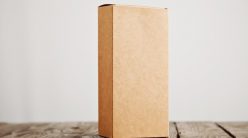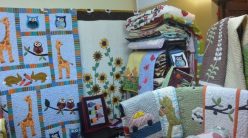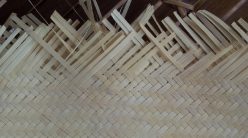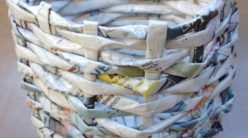Organic waste is related to substances originating from living things (animals or plants) such as oil and coal. Many organic wastes can be used and generate high profits, made to various kinds of handicrafts. One of the organic wastes that can be used as handicrafts is corn husk waste. Corn grows in almost all regions in Indonesia and has become one of the important commodities for the community. Corn husk is one of the household wastes from small industries which abundant but not optimally utilized.
People generally use corn husk waste as traditional food wrappers and a variety of interesting handicrafts. The potential for sustainable, cheap and abundant corn husk waste needs to be further developed and its properties still need to be investigated. Waste from corn plants, from stems, leaves, skins, and fruit, is mostly berlignocellulosic material. Corn husk waste has a porous structure, strong, and light. The unique condition of corn husk fiber is due to the chemical properties of the fiber, which is mostly a berlignocellulosic material. To produce fiber from corn husk waste, special techniques are needed in the process of extracting the fiber so that it does not damage the fiber.
How to prepare corn husks
Corn husk is a wet organic waste, because it has a high water content. The processing method is a simple and relatively easy process, by using the hot sun to dry. After drying, the corn husks can be colored, then dried, and ironed so that the sheets can look smoother and flatter so that they are easy to shape. In shaping corn husks into works, it requires persistence. So that you will be able to produce good and interesting crafts.
Examples of corn husk handicraft products
Corn husks can made into various works such as flowers, dolls, pencil ornaments, decorating containers, picture frames, sandals, plaits for baskets or bags, and other handicrafts.
–sh





